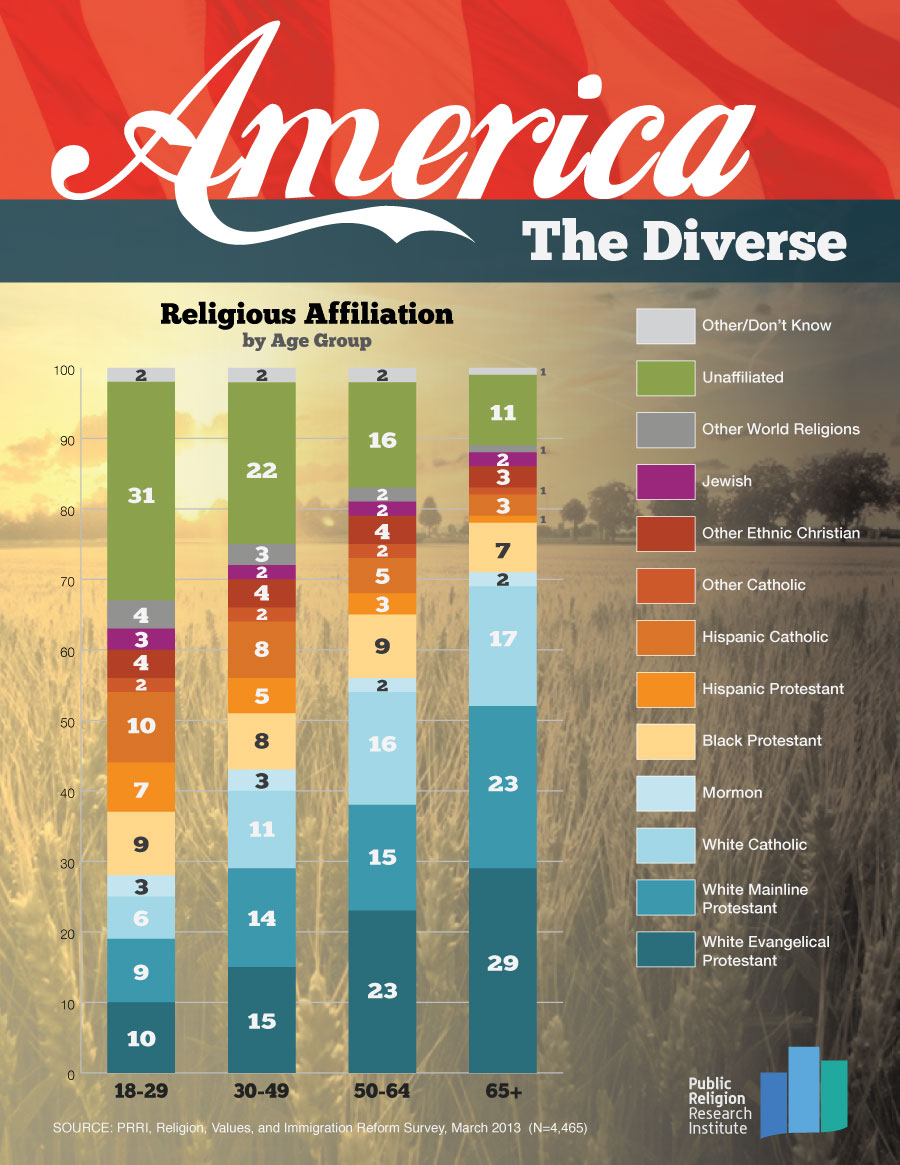Gutting our creatives
I come from a history of iconoclasts.
I often wonder about the person who stood before the icon, seeing the face of Christ, knowing that each brushstroke was painted with a breath of prayer—and defaced it. It was, of course, a theological act, as the iconoclasts defied idolatry.
Yet, as I observe the outcome, I worry that our iconoclast history was more of an act of conquest than it was an undertaking with enduring theological gumption. We know the many rituals of conquest: force military might, imprison the charismatic leaders, scatter the intellectual base, rape the women, enslave the children, and defile the sacred images.
As Protestant people, the trajectory of the treatment of our images has twisted into something terrible. Where is that iconoclast spirit? We yawn as cheaper, mass-marketed pictures take the place of icons. Jesus smiles from our bumper stickers and T-shirts. Now we trade in Rublev for Sallman, without much protest. If we're going to give up our iconoclast ideals, shouldn't we do it for the sake of decent art?*
It's not just our divine images. We exchanged our magnificent architecture for concrete blocks. And the dirty little secret of many churches? Some choir members are paid! Congregations get so angry when they find out that fact. Oh the horror that we might actually be paying artists to make art!
We've gutted our creatives so much that it can be gut-wrenching to watch new pastors enter the ministry with ideas and excitement. I wince as we beat all of that imagination out of them in our brutal cultural assimilation. I bite my tongue when people say we need the best, brightest, most creative seminary students, because honestly, there are very few places where someone like that can flourish.
But it could be different.
We are entering another crucial moment in our history. We know that there is a generational shift in our particular brand of religion. As one illustration, here's the latest from Public Religion Research Institute:

In the next twenty years, many of our denominations will lose about half of its members and churches. But probably more. The most dire predictions say we’ll lose about 70 percent of our churches in the next 20 years. (Sorry to put it so bluntly.)
And here’s the thing. We think that we’re really poor. But we’re not. We have billions in land, buildings, assets, institutions, foundations and endowments—and it’s time to figure out how we are going to spend the money.
I can hear my friends warning me, “You can’t talk about this! You can't start spending the inheritance while your beloved is on her deathbed!”
But we can plan and we should. We're going to have way too much money and not enough people. We have to be strategic about this.
So I’m pleading for three things:
(1) new churches that embrace racial/ethnic diversity,
(2) robust social justice movements, and
(3) a thoughtful art revival.
I was talking with my friend Shannon Meacham about this. We wondered, what would a religion infused with great art look like? How could we stage an iconoclast reversal? How could we celebrate the fact that we pay singers? And painters? And architects? And song writers? (Forgive my ignorance, but do we employ people with a decent salary to write our sacred music? If not, why not?) What would it look like if we began to allow pastors to take time to form the words of their sermon into smething beautiful? In our local congregations, what if we encouraged creativity instead of punishing it?
*For a thorough and thoughtful history on our images, check out Color of Christ.






